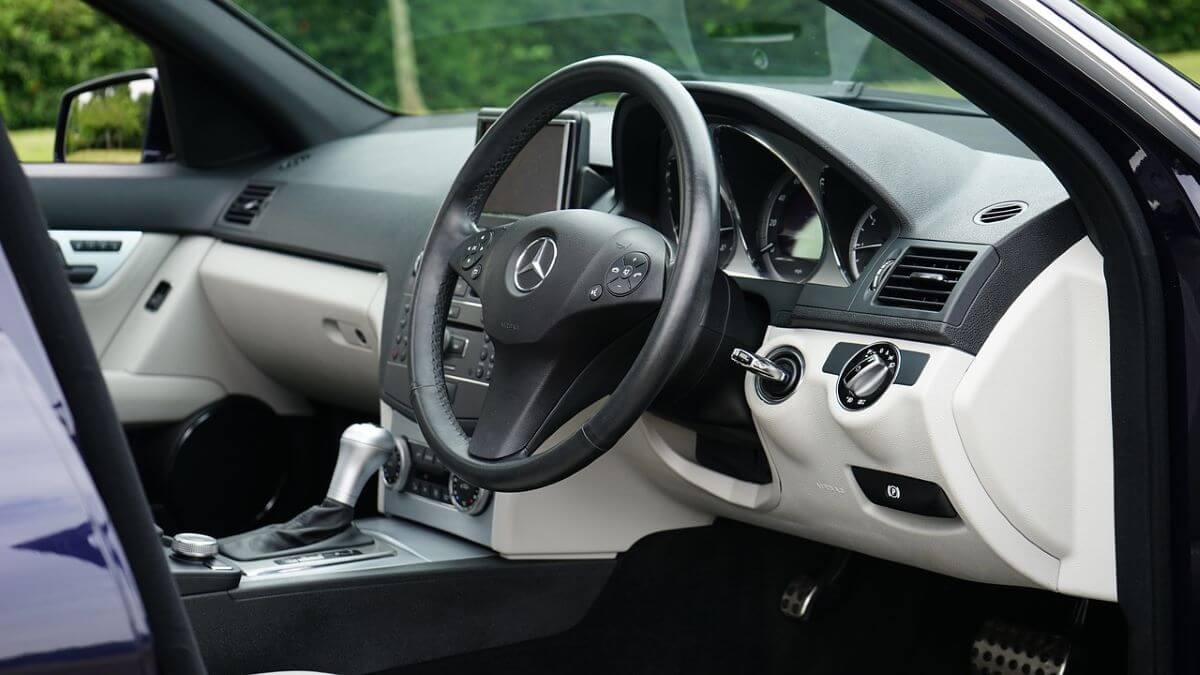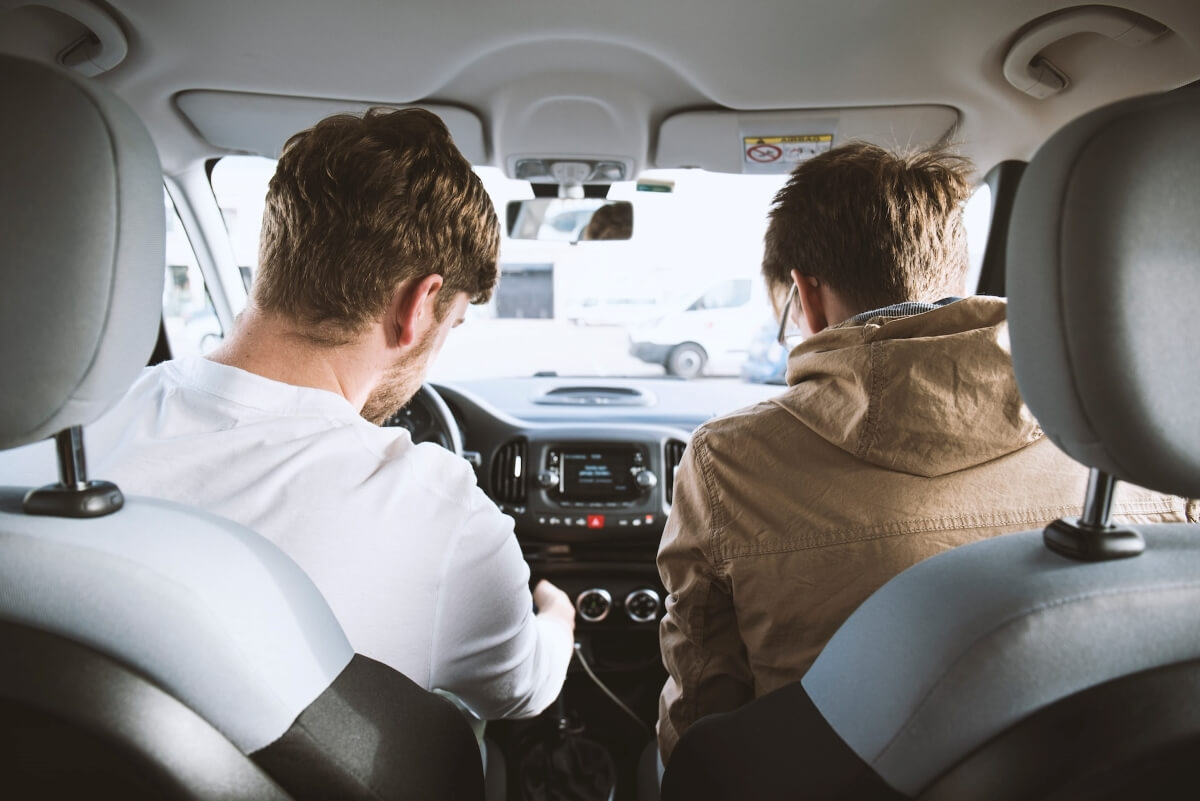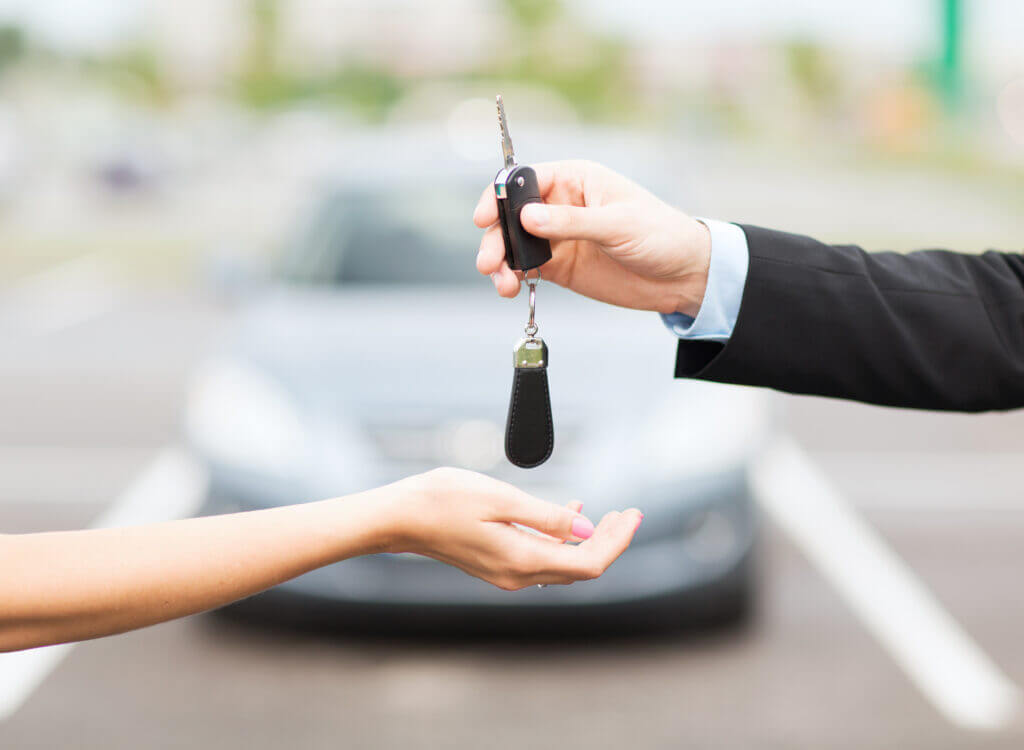At a glance:
- Take your driving licence with you when test driving a car
- Dealers will tax and insure the vehicle
- Don’t just drive the vehicle; carry out our recommended checks too
- You aren’t obligated to buy a car after a test drive
At Motors, we know that buying a car is an exciting process, but it can be a stressful one, too – whether car you’re buying is brand new, or used.
There’s a lot to think about when it comes to choosing a used vehicle, but the test drive is often one of the deciding factors in making a car purchase.
After all, the car may add up on paper, and its logbook may appear impeccable, but in the end, everything comes down to how you feel about the car when you’re driving it.
Are you comfortable in the car? Is the steering balanced, and visibility good? Is it suitable for a family, if you’ve got kids? Remember, a car is not just for Christmas. Chances are, you’ll be driving it for at least a year, if not longer, so your comfort behind the wheel is paramount.
But, you may wonder if a test drive is even necessary – particularly if the car you like has excellent reviews online and ticks all the boxes you require. Additionally, many dealers now offer home delivery, so if you live miles and miles away from the car you’ve set your heart on, is it even necessary when it can be delivered right to your door?
To help you consider this, check out our used car checklist for test drives below and discover the answer to that all-important question – how to test drive a used car.
What do you need to test drive a car at a car dealership?
First things first, you might be wondering what you actually need to take with you when you go to test drive a used car. The most important thing you’ll need to take is your driving licence, to prove your identity and that you can drive. Other than that, you’re good to go, unless you think you’ll want to buy the car on the same day.
If this is the case, you’ll also want to take payment documents with you – like proof of address (a bill addressed to you is usually fine), as well as car documentation such as vehicle tax and an insurance policy in place to drive the car home. If you haven’t got vehicle tax set up, many dealerships will ask you to tax the car there and then before they’ll let you drive it away.

Do you need insurance to test drive a used car?
When you go to test drive a used car, the dealership itself will provide insurance cover for you, so you don’t need to worry about it unless you have an accident, in which case you may have to pay for the excess. As mentioned though, if you plan on buying the car the same day, you’ll need a policy set up in order to drive it home.
The process differs slightly if you are arranging a test drive with a private seller. You’ll want to check with the seller and your insurance provider if you’re covered, as quite often you’ll need to arrange this yourself. Look for wording on your policy that states you can ‘drive another car with the owner’s permission, otherwise known as DOC or Driving Other Cars cover.
It’s likely you’ll need to have fully comprehensive insurance to go ahead, but since you’re driving someone else’s car you may only be able to get third-party cover, making you liable for any damage caused.
Can you test drive a car without tax?
If you are test driving a used car from a dealership, the dealer will have the car taxed. If you decide to buy the car, the dealer should set up the tax for you. They’ll typically do this online or over the phone before handing over the keys.
If you’re buying your car second-hand from a private seller, be prepared to take care of it yourself. Car tax is no longer transferred from one owner to another, so be sure to ask the seller for the car’s logbook which you can use to tax the car. The logbook will contain the V5C Registration Certificate which can be used to tax the car online, so be sure to do this before driving it home.
Remember, it’s illegal to drive without tax, and if caught, you could face a nasty £1,000 fine. When it comes to the rules and regulations of driving, always follow government guidelines if you’re unsure of anything.
So, is a test drive important?
In short, yes, a test drive is necessary and we’d always recommend it if visiting a dealership to view or purchase a vehicle. Just because someone on the Internet finds the seat height perfect, doesn’t mean you will. The situation is slightly different when buying a car online for home delivery as you are covered by distance selling regulations that may be voided if you test the vehicle before delivery. In this case, you should always conduct a full inspection upon the vehicle when it is delivered.
To thoroughly assess the vehicle you’re interested in, we’d recommend two test drives. This may sound like a lot of effort, but test driving a car twice will really allow you to decide whether you’re happy to drive it in the long term. You might notice things on a second test drive that you didn’t the first time around.
The first test drive should be when you make your own decision on the vehicle. If you’re unsure or don’t like it, then now is your chance to withdraw your interest.
If you like the car, arrange a second viewing, and jot down the Vehicle Identification Number and number plate so that you can later run an online vehicle history check.
The DVLA provides a free vehicle information check service, for which you just need to enter the car’s registration and make. This returns information including the year of manufacturer, engine size, CO2 emissions and whether or not the car has previously been exported.
A more in-depth check can be purchased online for as little as £3, and this will reveal whether the car has previously been written off, reported as stolen to the police, been scrapped or had a colour change, as well as showing the number of previous owners.
Once you’ve made your way through these initial steps, you can relax knowing that the car isn’t a lemon, and proceed to your second test drive. The second test drive is then your opportunity to run any final checks and to determine whether you are comfortable and happy driving the car. This will help in making your final decision.

What should you do while on a test drive?
So, you like the car, you’ve considered all the costs, and it’s affordable. You’re excited to take the car on a test drive, but are wondering what you need to check.
Follow the steps below to ensure that you give the vehicle a comprehensive assessment.
Firstly, carry out preliminary checks
- While outside the car, be sure to examine the tyres, checking that they’re all matched in both brand and size and each has at least a quarter of an inch of tread, with even wear across the circumference.
- Peer through the rims on the wheels to check the brake discs, looking for scratches or other marks.
- While the engine is off, check underneath the car for fluid leaks. Turn the engine on and then check again.
- Check the vehicle’s panels for ripples that might indicate body repairs.
- Test all doors and the boot, ensuring all operate smoothly. Lock and unlock the doors from inside and out, using both the key and the keyfob – if the vehicle has one.
- Ask someone to sit behind the wheel and operate the headlights, brake lights and turn signals, while looking at the vehicle from the front and rear, to check that they all work.
- Open the bonnet with the engine running and listen for any strange-sounding noises, including knocks, hisses and ticking.
- Check thoroughly around the vehicle for rust – including around the doors and edges and under the carpet inside the car.
Next, jump in the car and sit behind the steering wheel
- Do the controls for every system operate properly? Do the air conditioner and heater work quickly and efficiently and does the infotainment system/satnav work?
- Open all doors for a few minutes to allow any air freshener smell out. When this smell is gone you should be able to tell if the vehicle has any strange odours.

Finally, take the car on the test drive
- Be sure to drive at a variety of speeds, including over 60 miles per hour if a suitable road is nearby. At higher speeds, check to see if the front end shakes, shimmies or vibrates. This could indicate a front-end issue, which normally wouldn’t be detectable at lower speeds.
- Does the steering wheel vibrate at all?
- Work your way through the gears to make sure that it shifts smoothly, and doesn’t stick or grind at all.
- Accelerate quickly from a standstill, to see whether the car makes any strange noises.
- Again, while at a low speed in a safe environment, apply the brakes sharply. Does the pedal feel squishy or does the vehicle pull to one side under braking?
- If you can, be sure to test drive the car on different types of road, from country lanes and B-roads to motorways, as it’s good to get a feel of how the car drives on a variety of roads and terrains.
- Lastly, it’s a good idea to try manoeuvres like parallel parking, reversing and three-point turns. Ask yourself if you feel comfortable with the brakes and clutch control. Does it feel safe and easy to move?
If any of the above tests flag up an issue, ask your trusted mechanic to take an in-depth look at that part of the car or raise them with the dealer.
Of course, don’t limit yourself to the above checks. Follow your instincts to decide whether or not the vehicle is for you. You might even have your own used car checklist you like to follow ahead of a test drive.
Do you have to buy a car you test drive?
No, you are under no obligation to buy a car you’ve taken for a test drive. Remember, a test drive is done for the purpose of finding the right car for you, so whether it doesn’t match your expectations, you find a problem with it, or you just aren’t comfortable with the vehicle, do not feel pressured into making the purchase. After all, a car is a big investment and one you need to be sure about.
Have you had a recent test drive experience you’d like to share, or are you looking for advice for an upcoming car purchase? Reach out to us in the comment section below!
Alternatively, why not use our car finance calculator to see how much your used car will cost? At motors, we’re always here to help.


